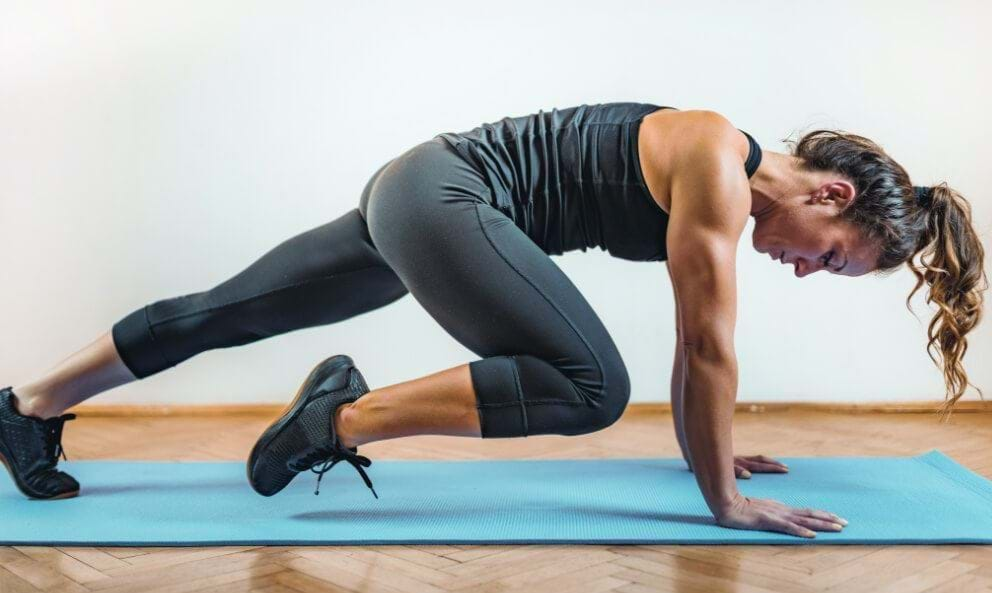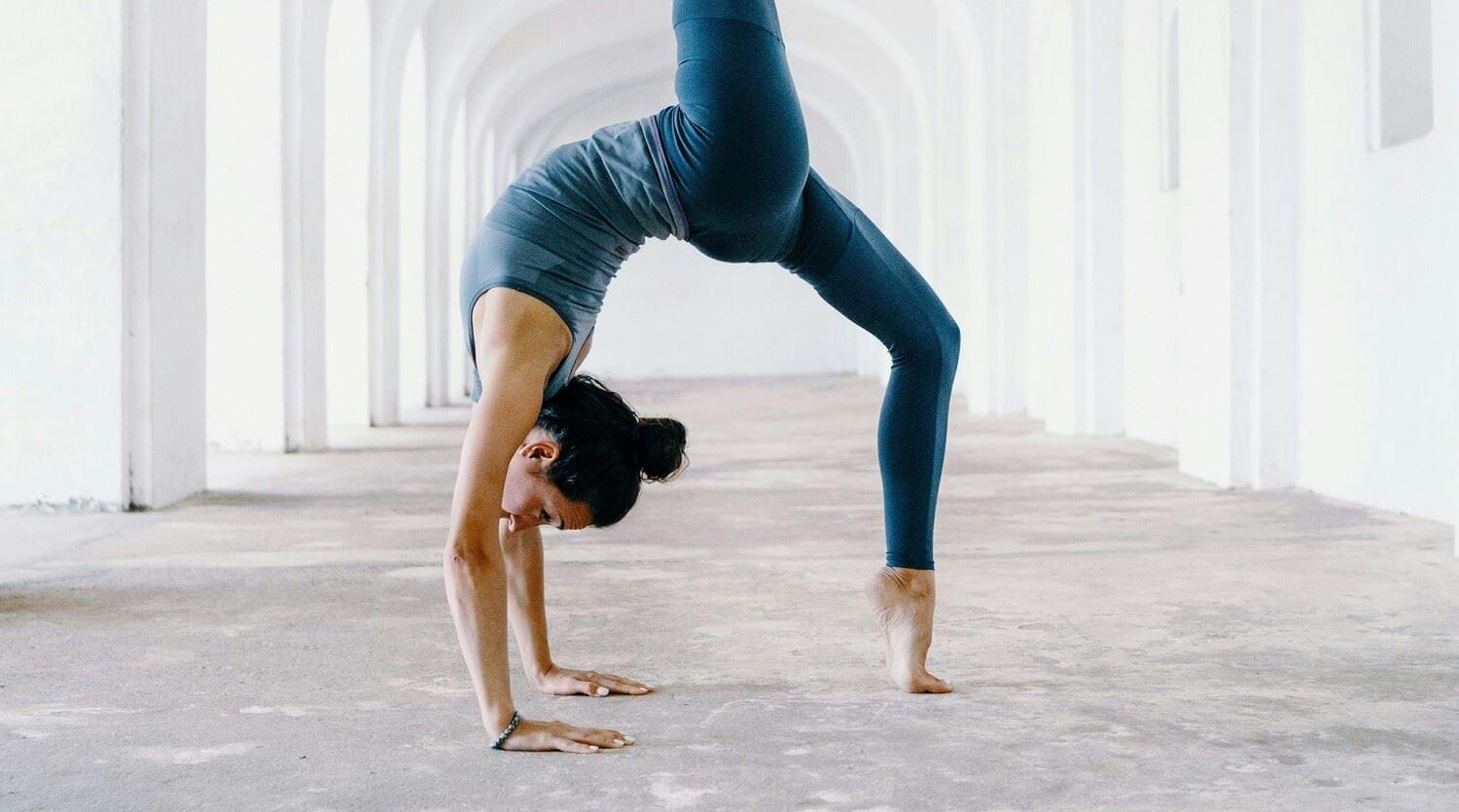What is the Tabata Workout? Your Tabata Questions Answered

What is Tabata | Benefits of Tabata | Where It Came From | Is It Effective? | Tabata vs HIIT | Can You Do Tabata Every Day? | Is Tabata Dangerous? | Advice For Beginners | Example Tabata Workouts
Page last updated: 9th March 2023
A type of HIIT workout, Tabata training is considered to be one of the most effective ways to burn fat while boosting overall health and fitness - all in as little as 4 minutes!
With more members, particularly Tabata beginners, asking more and more questions about the Tabata workout and what it is, we wanted to answer some of the most popular queries. Read to learn all about Tabata and get some example Tabata workouts to inspire your next fitness session.
What Is The Tabata Workout?
Tabata is a form of High Intensity Interval Training (HIIT) with very short, precise intervals. All HIIT training combines periods of high intensity training with periods of low intensity or rest periods, but the timings can change. Within Tabata, each exercise consists of:
- 20 seconds of extremely intense, all-out movement
- 10 seconds of rest
- Repeat 8 times for a total of 4 minutes
Typically a workout will combine multiple rounds to form a longer workout (around 20 minutes) that targets multiple muscle groups and really works the cardiovascular system while still easily fitting into a busy schedule. A 4 minute round could consist of the same exercise or use a range of exercises, for example:
- 20 seconds of sprinting + 10 seconds rest
- 20 seconds of push ups + 10 seconds rest
- 20 seconds of mountain climbers + 10 seconds rest
- 20 seconds of squat jacks + 10 seconds rest
What Are The Benefits Of A Tabata Workout?
Tabata training has a range of benefits from both a health and lifestyle perspective. These include (but are by no means limited to):
Boosted anaerobic capacity. Anaerobic exercise helps your body to increase tolerance to lactic acid and improves how efficiently you can work out before reaching the lactate threshold (the point where exercise can no longer be sustained), meaning you can perform better and at a higher intensity for a longer period of time.
Improved aerobic endurance. Aerobic endurance is your body's ability to use oxygen to fuel your exercise activity. The more efficient you are, the easier exercise becomes - so you can push harder or for longer.
Fat burning. Tabata and other HIIT workouts push your body to its max, raising your heart rate and using up a lot of energy, making it great for burning calories (and therefore fat). As a form of anaerobic exercise, it also depletes the body's oxygen stores, and replenishing this burns up calories long after the workout.
Convenience. Tabata workouts can slot easily into even the busiest of days. There is no need for equipment, or even a lot of space - you could even do a Tabata workout while waiting for the kettle to boil!
Where Did Tabata Come From?
Tabata originated in Japan and is named after Dr Izumi Tabata, a professor at Ritsumeikan University. He was hired in the 1990s by the Japanese speed skating team to analyse the effectiveness of their training routine, which consisted of short maximum bursts of sprints followed by short rests. Dr Tabata ran rigorous scientific studies and was able to prove the incredible benefits of this workout style.
Are Tabata Workouts Effective?
Tabata workouts may sound too good to be true, but they're scientifically backed. Dr Tabata's research compared two groups on a six-week exercise programme: one group did an hour of moderate intensity exercise on a stationary bike, five times a week (1800 minutes of training), while the other group did the high intensity Tabata-style training four times a week (120 minutes).
While both groups saw improvements in aerobic capacity, the Tabarta group had much better results - 15% improvement in VO2 max (which indicates cardiovascular health and maximal aerobic power) compared to the other group, and 28% increase in anaerobic fitness compared to no improvements in the moderate exercise group.
Steady state, moderate intensity cardio definitely has benefits and shouldn't be discounted, but this shows just how effective short Tabata workouts can be!
What's The Difference Between Tabata And HIIT?
Simply put, HIIT is a type of training, and Tabata is a type of HIIT.
HIIT refers to any type of training that combines high intensity intervals with recovery intervals (either low intensity movement or complete rest). There are many ways to approach a HIIT workout - with intervals ranging from as little as 10 seconds to as many as 60, using weights to build strength, doing sprints to improve speed, combining cardio and strength exercises... Everything from the objectives, exercises, time, and intensity can vary. See some examples of different HIIT workouts with our Best HIIT Workouts for You guide or discover some HIIT workouts you can do at home.
Tabata is a very specific type of HIIT, with strict requirements of maximum intensity for 20 seconds followed by just 10 seconds rest, repeated 8 times for a total of four minutes per round.
Can You Do Tabata Workouts Every Day?
Technically, you could do Tabata everyday. It's flexible enough that you can vary the exercises each day to focus on a different body part, and it's easy enough to fit into your schedule no matter how busy.
However, it's not something we would recommend. While 20 seconds on, 10 seconds off four 4 minutes doesn't sound a lot, when performed correctly and at max intensity, Tabata is extremely taxing on your body. Doing any form of HIIT workout daily can place a lot of stress on the body and do more damage than good.
Rather than do Tabata daily, try Tabata on the days where you don't have time for a longer workout, and incorporate moderate cardio like walking or jogging, as well as strength training, on the days you have more time.
Is Tabata Dangerous?
Tabata is an extremely intense and challenging fitness approach, and is generally only recommended for people with a fair level of existing fitness. If you're new to exercise, start by building your base fitness level with moderate cardio and HIIT workouts that allow for longer periods of rest. HIIT classes can be a good way to begin!
If you have pre-existing heart conditions or injuries, we'd also recommend avoiding Tabata until you're healthy and have been cleared by a medical professional.
Tabata Workouts For Beginners: Advice
As mentioned above, Tabata isn't dangerous but it can be challenging. If you're keen on trying this workout style but are a Tabata beginner, we'd recommend:
Building up your cardio endurance first. Make sure you have at least a basic level of cardio ability and consider integrating some gentler HIIT into your regular sessions before starting with Tabata.
Keeping things simple. Start by only focusing on three or four exercises at a time (our 'Tabata workout 1' below is perfect for beginners).
Listening to your body. If you start to feel light-headed or in any kind of discomfort during a workout you should stop, rest, have some water and consider ending your session.
Integrate longer rest periods if needed. While that wouldn't technically be Tabata, you could slowly drop the time you're resting until you're comfortable with 10 seconds.
Example Tabata Workout Plans
There's a range of different approaches you could take to your Tabata training, and we've given some examples below, with Tabata options for beginners and for those with a little more practice. You can either choose to complete one exercise for each Tabata round of 4 minutes, or you can mix up your exercise throughout the four minutes. We've included a variety of examples below to give you some inspiration. Each is one round of Tabata, you can also feel free to link several of these together for a longer workout - just make sure to give yourself around a minute to recover between each 4 minute round.
Tabata Workout 1 - Cardio:
- 20 seconds jumping jacks + 10 seconds rest - repeat twice
- 20 seconds high knees + 10 seconds rest - repeat twice
- 20 seconds mountain climbers + 10 seconds rest - repeat twice
- 20 seconds burpees + 10 seconds rest - repeat twice
Tabata Workout 2 - Core:
- 20 seconds plank with leg raises + 10 seconds rest
- 20 seconds side plank with hip dips + 10 seconds rest
- 20 seconds plank with leg raises + 10 seconds rest
- 20 seconds side plank with hip dips + 10 seconds rest
- 20 seconds Russian twists + 10 seconds rest
- 20 seconds bicycle crunches + 10 seconds rest
- 20 seconds Russian twists + 10 seconds rest
- 20 seconds bicycle crunches + 10 seconds rest
Tabata Workout 3 - Lower body:
- 20 seconds pulsing squats + 10 seconds rest
- 20 seconds reverse lunges + 10 seconds rest
- 20 seconds squat jumps + 10 seconds rest
- 20 seconds lateral lunges + 10 seconds rest
- Repeat above through once more
For more inspiration, you can check out more of our HIIT-focused articles, including:
- Quick full-body HIIT workout for the gym
- 3 HIIT workouts for weight and fat loss
- The best HIIT workout for you
- 10 low impact HIIT exercises and workouts that won't hurt your knees or back
You can also check out our PureGym app, which is free for everybody whether you're a PureGym member or not. It has over 400+ free on-demand workouts and classes including high intensity training and cardio to help you reach your goals at home.
Alternatively, if you're looking for a more personalised approach consider booking a virtual session with a Personal Trainer at PureGym - they'll be able to guide you through your training to ensure you're working in the best way for your body.


